
Why is the Gotthard Base Tunnel so important?
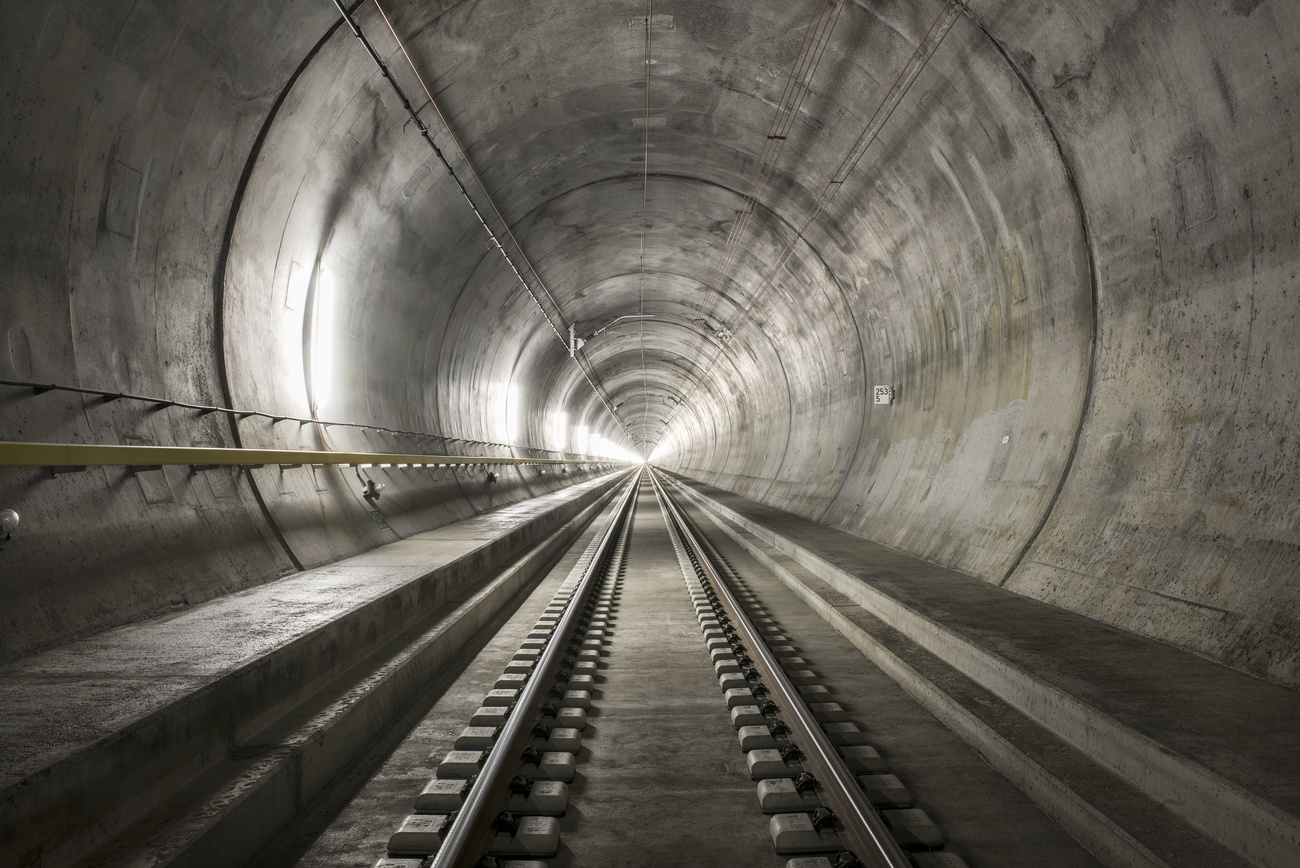
After one broken train wheel seriously affected European freight traffic passing through Switzerland, we explain the historical, commercial and political significance of the world’s longest railway tunnel.
What is the Gotthard Base Tunnel?
Switzerland’s Gotthard Base TunnelExternal link is the world’s longest (and deepest) railway tunnel. Opened in 2016 after 17 years of construction, it consists of two 57.1km single-track tunnels for freight trains and passenger trains connecting Erstfeld in canton Uri with Bodio in canton Ticino.
Don’t confuse it with the Gotthard Tunnel (a 15km railway tunnel opened in 1882) or the Gotthard Road Tunnel (16.9km, opened in 1980, infamous for massive traffic jams). Or Gotthard, one of Switzerland’s most successful rock bands.
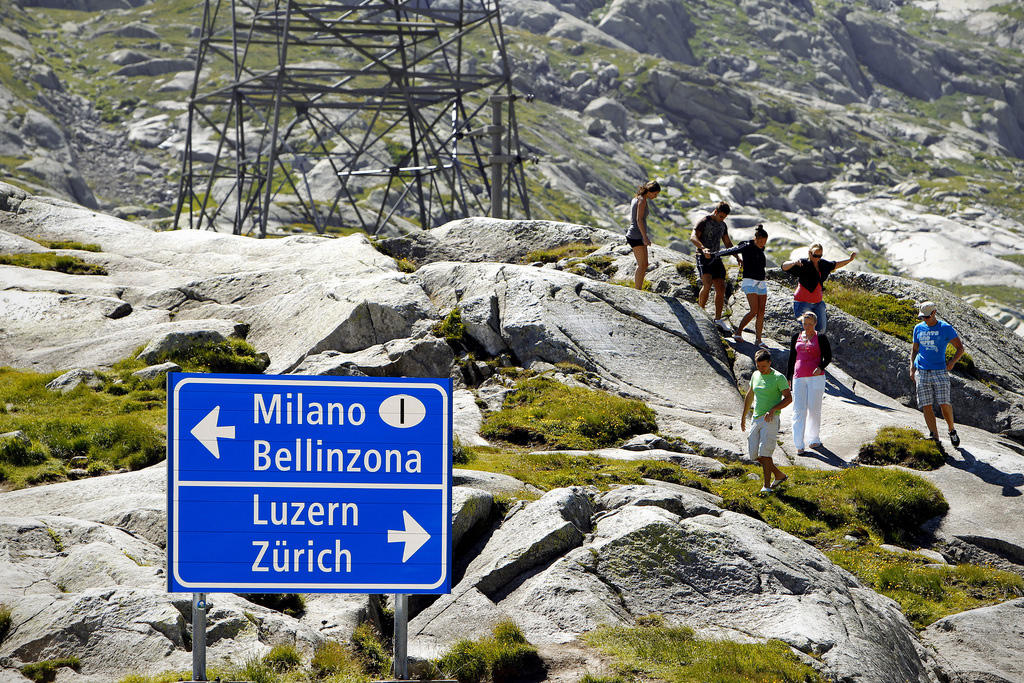
More
Eight things you should know about the Gotthard
Why has the Gotthard Base Tunnel been making headlines recently?
On August 10 a freight train came off the rails, causing the temporary closure of both tunnels.
No one was injured in the derailment, thought to be caused by a broken wheel, but the damage was considerable: most of the 16 carriages that came off the tracks are still stuck in the tunnel. What’s more, the train was carrying a significant amount of wine, which partly flooded the tracks. However, the Swiss Federal Railways said there was no danger of the wine leaking into Swiss waters.
“It appears that the extent of damage is considerably greater than that shown by the first estimates. In total, about eight kilometres of track and 20,000 concrete railroad ties will have to be replaced,” the Federal Railways said. “Restoration work should continue until the end of 2023.”
On Wednesday, however, the east tunnel – the tube that was unaffected in the derailment – partially re-opened for around 100 freight trains a day (the route can handle up to 260 freight trains and 65 passenger trains a day, travelling at up to 250km/h).
Passenger trains will continue to be diverted via the slower panoramic mountain route, but from Thursday more trains can run at maximum length, meaning more seats will be available.
Aren’t there alternative routes?
Around 20 additional goods trains a day were running on the Lötschberg-Simplon axis. The Federal Railways said it hadn’t noticed any shift of passengers to the Lötschberg-Simplon axis.
However, Transport Minister Albert Rösti said the derailment “shows the sensitivity of the system and the importance of its resilience”. Speaking to Swiss public radio, SRF, on August 18, he said: “The alternatives through the Lötschberg and the Gotthard mountain route are therefore indispensable. The fact that the so-called panorama route on the Gotthard was not mothballed for cost reasons is a stroke of luck.”
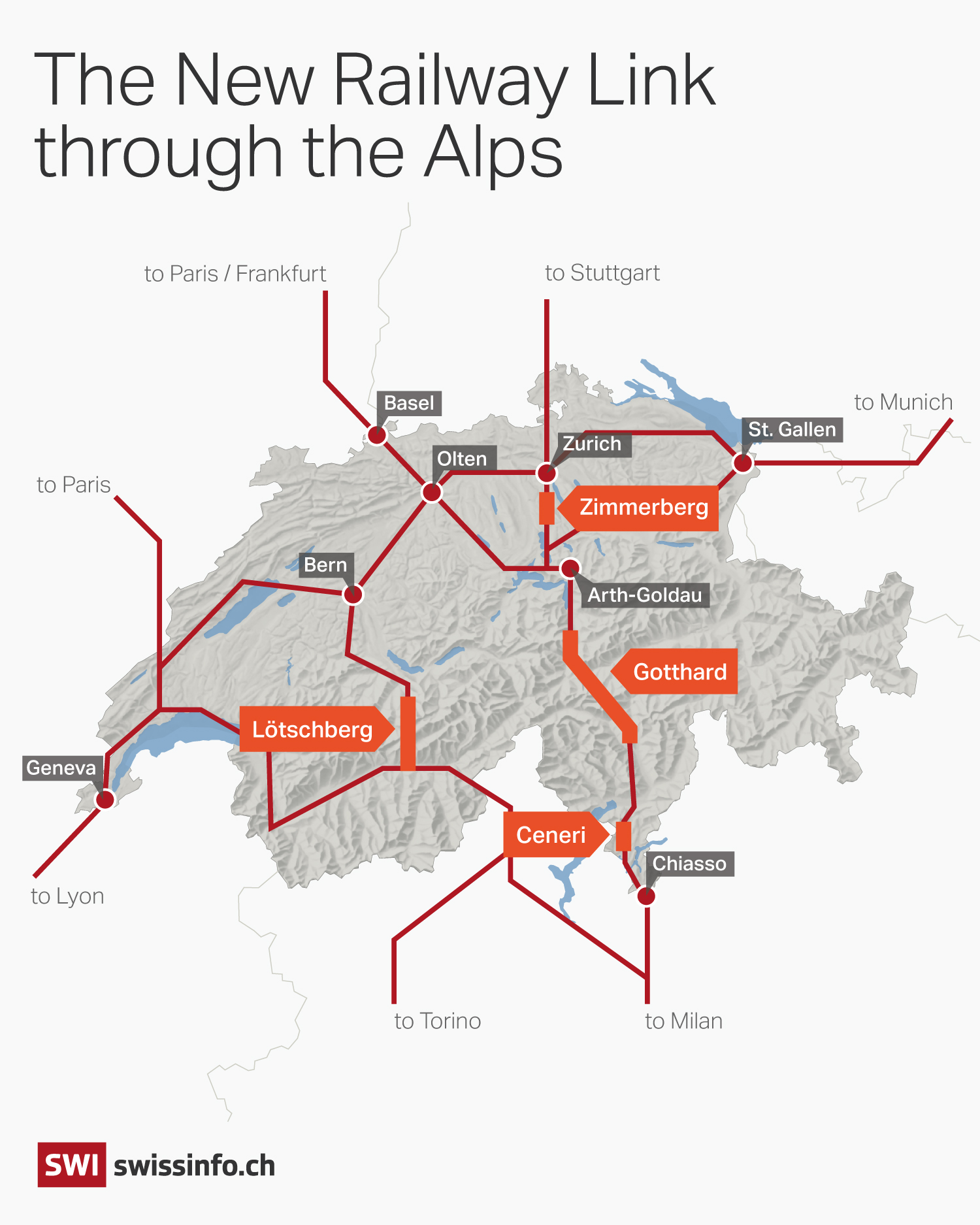
But why all the international headlines?
The Gotthard Base Tunnel is a crucial thoroughfare for goods and cargo, particularly between Germany to the north and Italy to the south. Last year, more than two-thirds of rail freight traffic through the Alps passed through the tunnel, according to the Swiss government.
It is the “jewel in the crown” of the New Rail Link through the AlpsExternal link (NRLA), the biggest construction project Switzerland has ever undertaken, the government explainsExternal link. The NRLA comprises the Gotthard Base Tunnel, the Lötschberg Base Tunnel (34.6km) and the Ceneri Base Tunnel (15.4km).
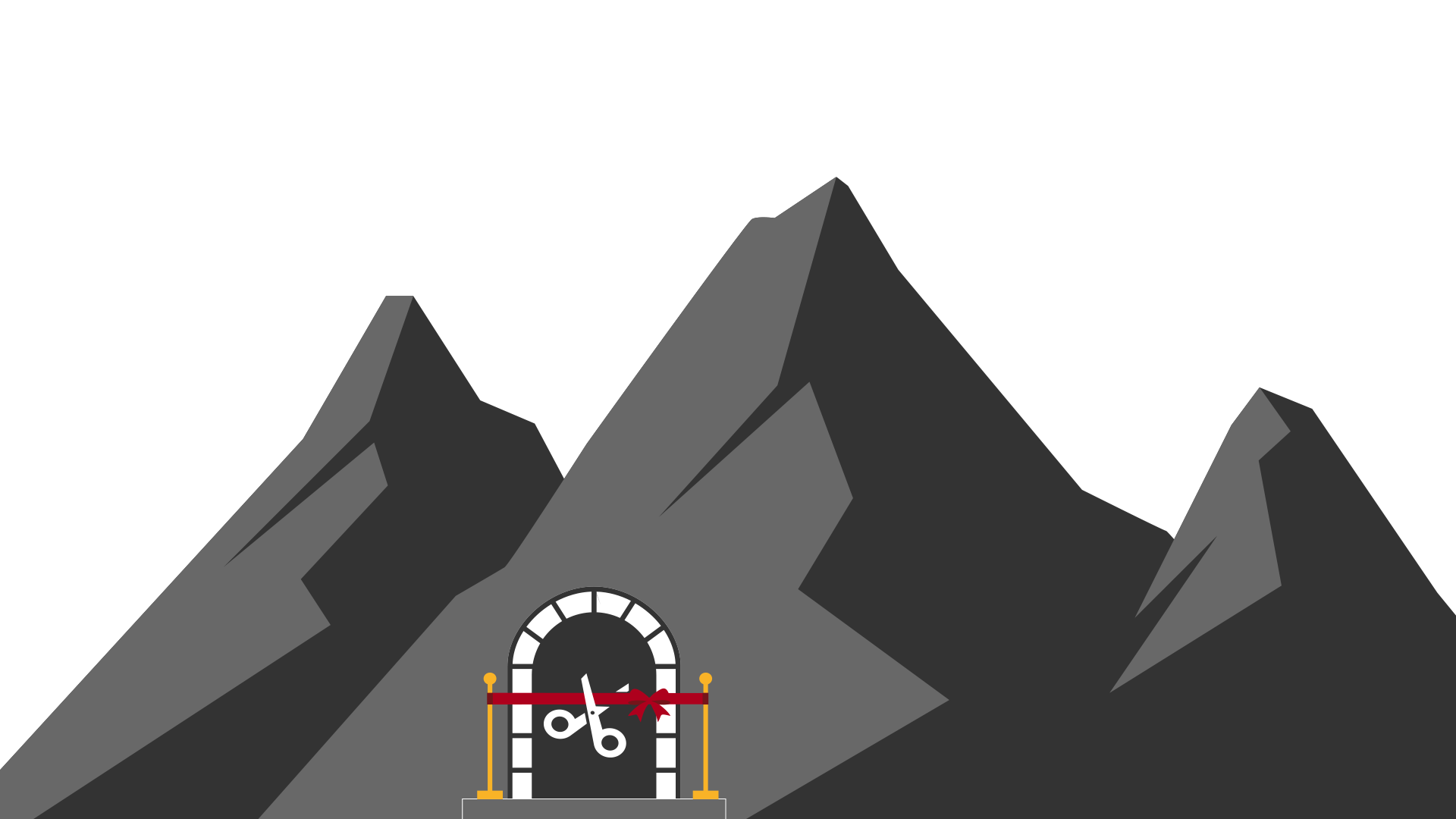
More
The Alpine rail link project, explained
“With the opening of the Ceneri tunnel in 2020, Switzerland completed the final key element of the rail freight corridor stretching from Rotterdam to Genoa,” the government said. The 2,500km north-south link connects many of Europe’s booming economic regions, including the hubs of Rotterdam, Amsterdam, Antwerp, Duisburg, Cologne, Frankfurt, Mannheim, Basel, Zurich, Milan and Genoa.
Non-EU Switzerland has invested some CHF22.8 billion ($25.9 billion) in the construction of the NRLA. “Switzerland is thus making a considerable contribution to European transport policy and is working to bring Europe closer together,” the government pointed out.
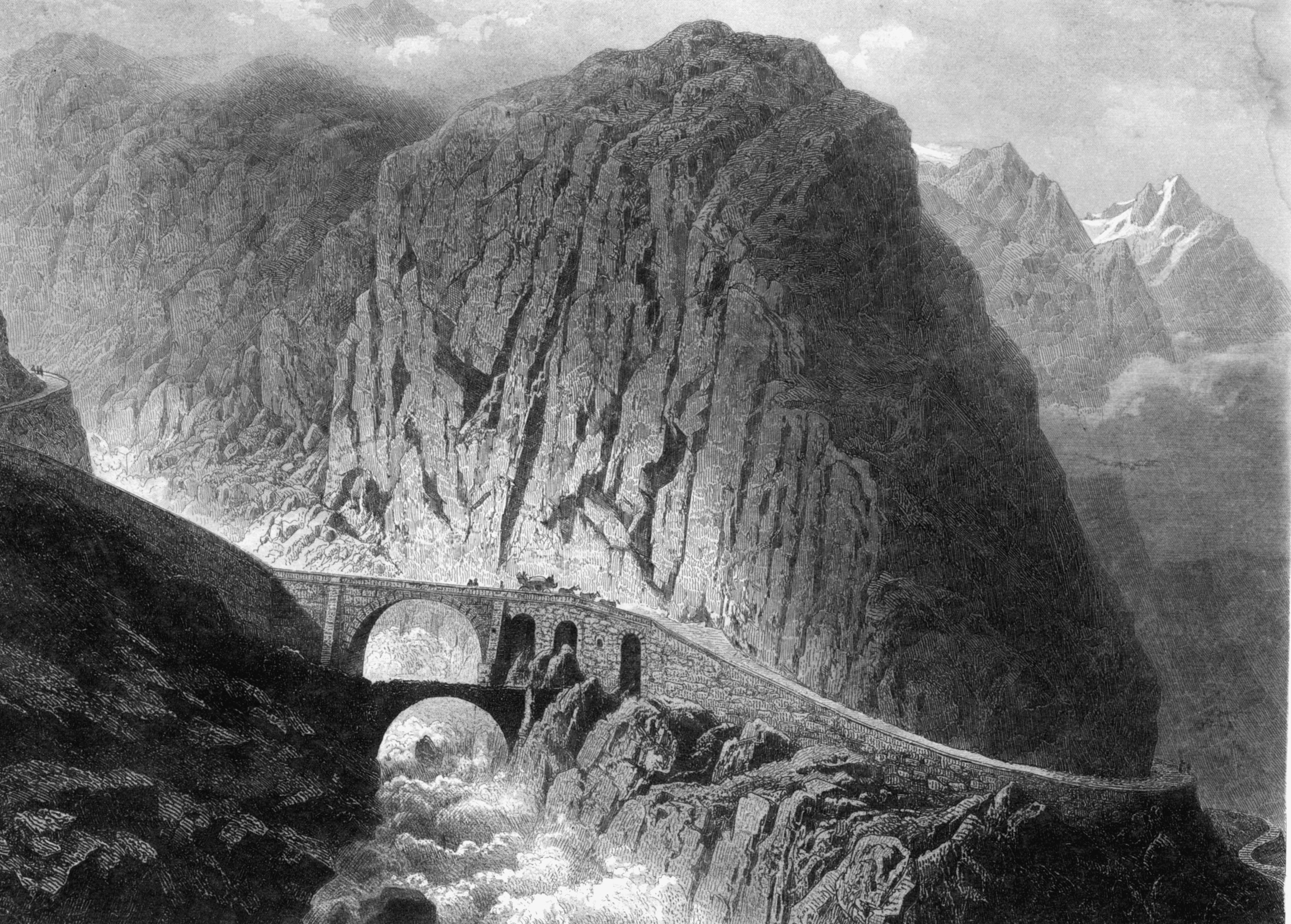
More
The Gotthard Pass, a Swiss national symbol

In compliance with the JTI standards
More: SWI swissinfo.ch certified by the Journalism Trust Initiative





























You can find an overview of ongoing debates with our journalists here . Please join us!
If you want to start a conversation about a topic raised in this article or want to report factual errors, email us at english@swissinfo.ch.